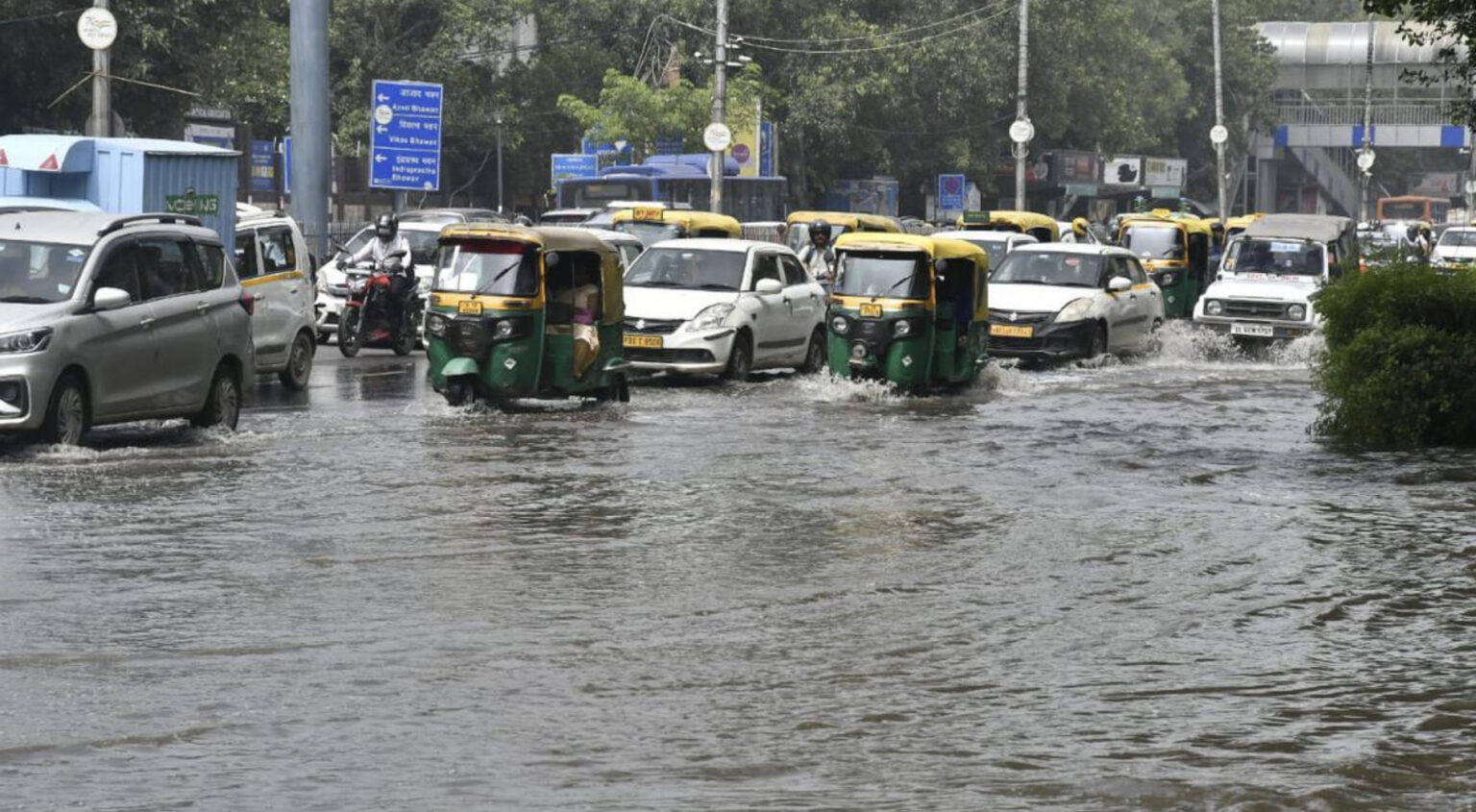Delhi, the capital city of India, is currently grappling with a severe flood situation caused by the overflowing Yamuna River. The rising water levels have led to widespread waterlogging, affecting public transportation, disrupting normal life, and posing significant challenges to the city’s infrastructure. The government, under the leadership of Chief Minister Arvind Kejriwal, has taken several measures to mitigate the impact of the floods and ensure the safety and well-being of its residents.
Escalating Water Levels and Emergency Measures:
The water level in the Yamuna River has risen to alarming levels, surpassing the danger mark and causing widespread flooding in Delhi. As a result, several residential areas have been inundated, affecting public transport and leading to traffic congestion. In response to the crisis, Chief Minister Kejriwal has urged people to refrain from unnecessary travel and work from home. Government and private schools located in flood-affected areas have been temporarily closed. The Delhi Disaster Management Authority has instructed all non-essential government offices, colleges, and universities to remain shut until the situation improves. These measures aim to minimize risks and ensure the safety of the public during this challenging period.
Impact on Water Supply and Treatment Facilities:
The rising Yamuna River has posed challenges to the city’s water supply. Three major water treatment plants at Wazirabad, Chandrawal, and Okhla have been shut down due to flooding, leading to a potential scarcity of water in certain areas. Chief Minister Kejriwal has assured residents that efforts will be made to normalize the water supply as soon as the water levels recede. However, citizens must conserve water during this time to ensure availability for essential needs. The government is working diligently to restore the functionality of the treatment plants and address any potential water shortage concerns.
Disruptions to Public Transportation and Traffic:
The flood situation has severely disrupted public transportation in Delhi. Several roads, including parts of the arterial Outer Ring Road, have been waterlogged, leading to traffic diversions and massive jams. The Yamuna Bank Metro station on the Blue Line has been temporarily closed due to waterlogging on the approach road, although operations on other lines remain normal at reduced speeds on metro bridges. The Delhi Traffic Police have issued advisories and implemented alternative routes to alleviate congestion. The situation highlights the need for efficient drainage systems and infrastructure to withstand heavy rainfall and prevent transportation disruptions in the future.
Evacuation and Relief Efforts:
To ensure the safety of residents affected by the floods, multiple teams from the National Disaster Response Force (NDRF) have been deployed for rescue operations. They have been using boats to evacuate people from areas submerged in chest-level water. Relief camps have been set up to provide essential facilities and shelter to those displaced by the floods. The Chief Minister has urged citizens to cooperate with the evacuation efforts and support each other during this emergency. The government, in collaboration with relief agencies, is actively working to provide necessary assistance and relief to affected individuals and families.
The current flood situation in Delhi, caused by the overflowing Yamuna River, has created substantial challenges for the city’s infrastructure and the well-being of its residents. In response, the government, in coordination with multiple agencies and rescue teams, is actively engaged in efforts to alleviate the impact and prioritize the safety of those affected. This situation underscores the urgent need for enhanced infrastructure planning and effective flood management systems to mitigate the consequences of future natural disasters. The cooperation and resilience of citizens play a vital role in navigating these testing times and collectively overcoming the challenges presented by the floods.













